Genetic Testing for Egg Donors: Risks and Compatibility at Advanced Maternal Age
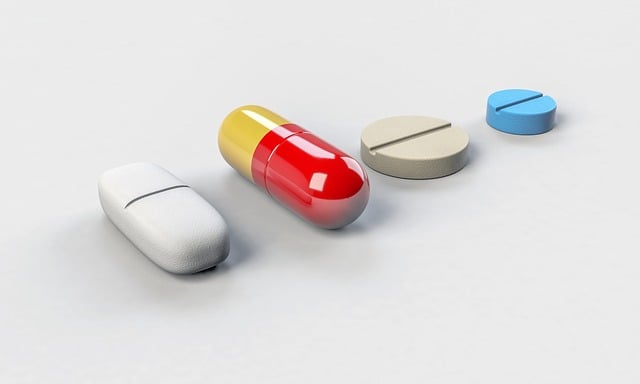
As women enter their 30s and 40s (advanced maternal age), genetic risks with egg donation become mor…….
In an era where advancements in medicine and technology are reshaping societal norms, the concept of egg donation has emerged as a crucial component of addressing advanced maternal age and its implications on reproductive health. “Egg Donor for Advanced Maternal Age” (EDA) is a specialized approach that utilizes donated oocytes (eggs) to facilitate conception for women who may face challenges due to aging or medical conditions. This article aims to provide an in-depth exploration of EDA, covering various aspects from its definition and historical development to global impact, technological innovations, policy frameworks, and future prospects. By delving into these topics, we hope to shed light on the significance of egg donation in assisting women who seek to build families later in life.
Egg Donor for Advanced Maternal Age refers to a medical procedure where a female donor provides her oocytes (eggs) to another woman, typically a recipient seeking assisted reproductive technologies (ART). This process is often employed when a woman’s own eggs may not be viable due to age-related decline, medical conditions like polycystic ovary syndrome (PCOS), or other factors that hinder natural fertility. The core components of EDA include:
The concept of egg donation has its roots in the late 20th century when assisted reproductive technologies began to evolve. The first successful birth using donor eggs occurred in 1986, marking a significant milestone in the field of obstetrics and gynecology. Since then, EDA has become an increasingly common practice, especially as women’s life expectations have risen, leading to later pregnancies.
The significance of EDA lies in its ability to:
The practice of egg donation has gained global recognition and adoption, with significant variations in accessibility and regulations across regions. Developed countries, such as the United States, Canada, and many European nations, have well-established frameworks for EDA, offering advanced medical support and legal protections for donors and recipients. In contrast, developing countries may face challenges in implementing robust systems due to limited resources and infrastructure.
The egg donation market is a specialized segment within the broader assisted reproductive technologies (ART) industry. It involves various actors, including:
The economic aspect of EDA raises important social and ethical considerations:
The regulation of egg donation varies widely across countries, reflecting diverse cultural, social, and legal perspectives:
To address the challenges posed by cross-border egg donation, international organizations and collaborations have formed:
The future of EDA is poised for further technological breakthroughs:
Addressing ongoing social and ethical debates is crucial for the continued development of EDA:
Increasing public understanding of EDA through education and awareness campaigns can help dispel misconceptions and foster a more supportive environment:

As women enter their 30s and 40s (advanced maternal age), genetic risks with egg donation become mor…….

For older women considering egg donation, understanding a rigorous process is crucial. It begins wit…….
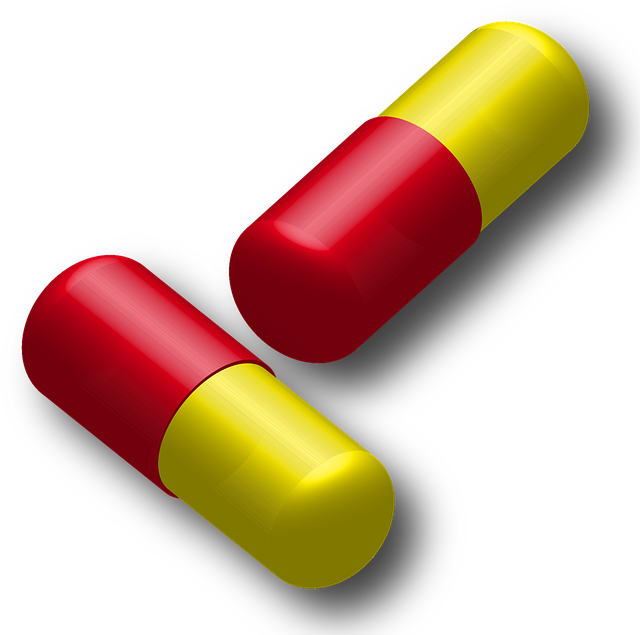
Comprehensive medical screening and genetic testing are crucial for egg donors over 35 facing advanc…….

Advanced reproductive technologies like IVF and egg donation offer older women a viable path to moth…….

Donor eggs for late motherhood offer a solution to fertility challenges, empowering women to experie…….
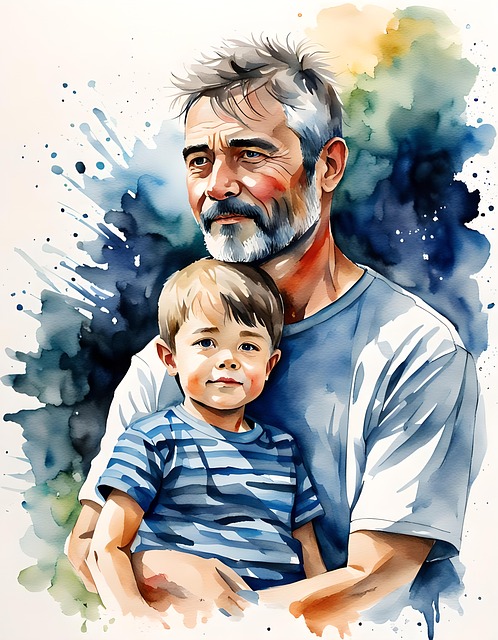
For women over 40 considering IVF with donor eggs, understanding hormonal treatments is crucial. Thi…….
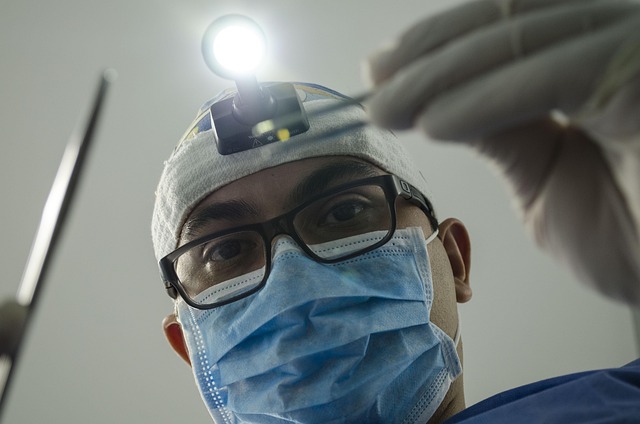
Donor eggs offer a crucial fertility treatment for older women facing age-related declines in egg qu…….
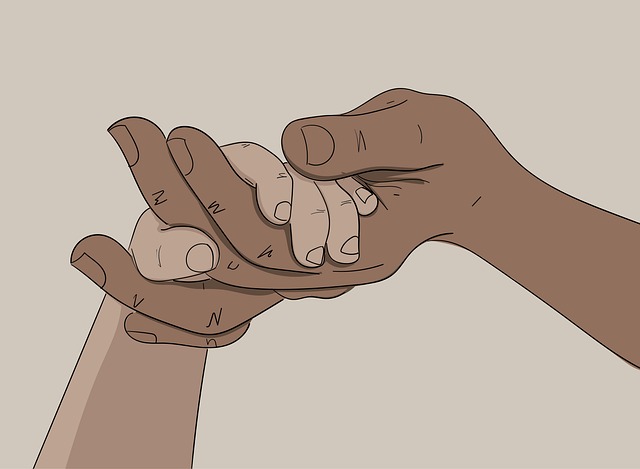
Starting a family at an older age through egg donation is achievable with thorough donor screening a…….

Women pursuing late motherhood with donor eggs require hormonal treatments to prepare their bodies f…….